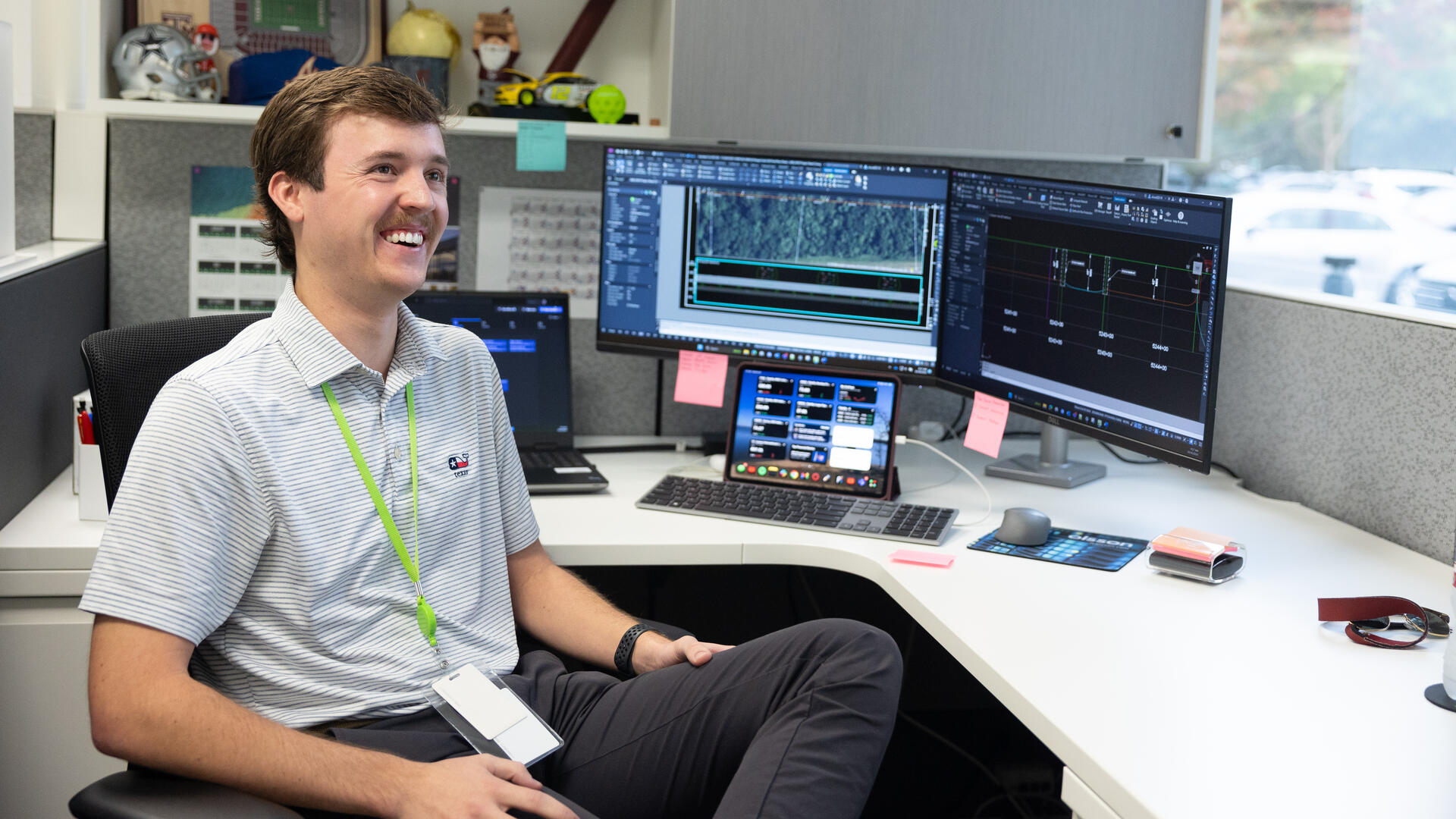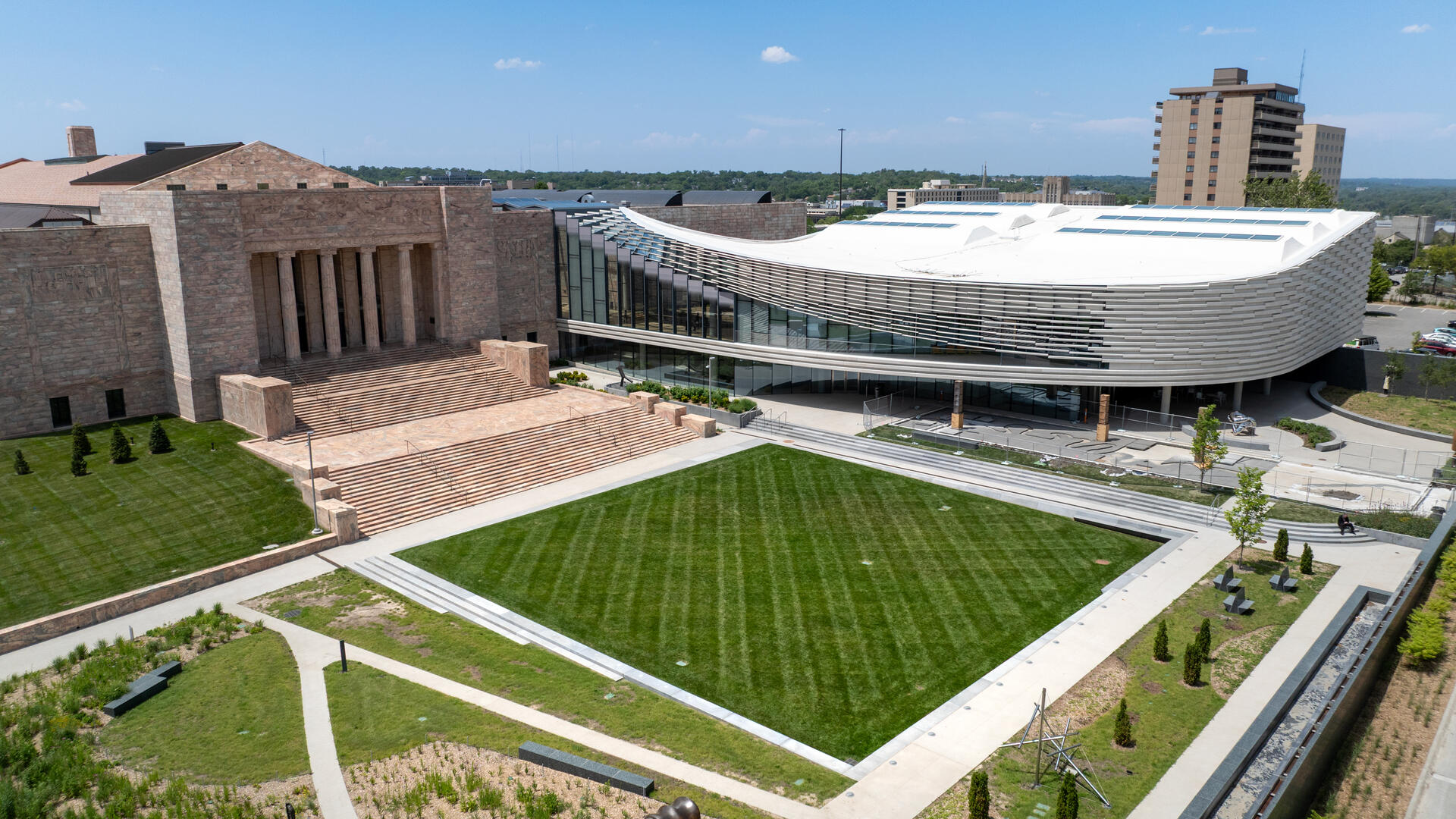The way engineers and designers deliver infrastructure projects is changing dramatically.
Many of us have heard buzzwords like “digital twins” or “BIM” and wondered, do they apply to me and my work? Not only do they apply, but they are rapidly becoming the go-to solutions for many clients’ most pressing needs.
The concept behind the buzzwords is digital engineering and project delivery. For simplicity, let’s combine terms and refer to it as digital delivery, a phrase you will notice more frequently in the months to come.
Here’s why: Digital delivery allows the design process to unfold more efficiently, with greater collaboration, and fewer errors. It also produces more value for clients. For engineers, digital delivery improves our capacity to create dynamic project designs that improve communities.
Departing from tradition
When we talk about digital delivery in transportation, we are referring to the model-based planning, design, construction, and operation of a physical piece of infrastructure. Digital delivery differs from the traditional project workflow in significant ways.
Let’s use a new highway project as a hypothetical example to illustrate the differences.
Under the traditional approach, the project begins as a rough concept design produced by a planner or an engineer at a design workshop. This concept design goes through many iterations before it is passed along to the design team to prepare construction documents. The documents go through several reviews before they are turned over to the construction team.
After construction, the physical assets are located via survey and stored as data in an as-built format. Most often, the format is either PDF or geographic information systems (GIS) files.
Using the traditional approach, information can be lost as the design passes from one stakeholder to the next. Changing the design from one medium to another introduces the possibility of losing even more information. Every step in the process creates an opportunity for error and inefficiency.
The digital difference
Digital delivery increases efficiency and reduces error.
With digital delivery, each stakeholder interacts with the same core project models (tailored to their discipline), which are displayed in the interface that enables the stakeholders to work most efficiently. These specialized models are typically created with software from Autodesk or Bentley that simplify collaboration and work cohesively with software used by contractors and external stakeholders.
"As more clients see the benefits of this evolution, they will expect their consultants to learn and deploy digital delivery. Clients simply have too much to gain."
Let’s go back to our hypothetical highway. After the core model is created, it is passed to the design team. The team loads the model into OpenRoads Designer to build out the roadway, adding corridors, drainage systems, bridges, grading surfaces, and other features needed for a detailed design. The model is now ready to share with project stakeholders for review.
Once completed, the design team creates files that contractors load directly into automated machine guidance (AMG) systems for construction. As the contractor completes construction of the project, data is collected and fed back into the models to update them to “as-built” condition.
With a detailed, accurate model of the asset, the owner can create a digital twin with full confidence that it will accurately represent the entire life cycle of the asset. What’s more, the owner can continue using the model to collect and store data on roadway usage, track wear indicators, and maintenance plans. Instead of a collection of 2D PDFs stashed away somewhere on a server, the digital twin becomes a real-time record of the infrastructure asset.
The evolution of design
This is an idealized scenario, but the core concept is already being implemented in multiple states. So, why hasn’t it been adopted everywhere?
In part, it’s because our understanding of the value of 3D models for engineering has been limited by the traditional project development cycle we have been stuck in for decades. If we can see the big picture of project development without being limited by the tools we’ve always used, we may see innovations that are much closer to reality than we thought.
Digital security is another concern. As with anything computer-based, we must guard against data loss and corruption in our design models. This is a different risk profile than we’re accustomed to with PDF and paper, and it requires a different approach. As an industry, we are working with information technology professionals to protect our work at every stage of the process.
Digital delivery may seem far off for many of us working on municipal projects or private projects with a different set of needs. This perception is understandable though not necessarily correct. About a dozen state departments of transportation are accepting digital delivery now; a number that’s sure to increase. And facility owners – of data centers, especially – are increasingly adopting the method.
As more clients see the benefits of this evolution, they will expect their consultants to learn and deploy digital delivery. Clients simply have too much to gain.
For the continued growth and success of our profession, we would be wise to learn how to use this technology. It makes sense if we want to continue being the trusted, high-quality, and reliable partners our clients expect.

































.avif)





































.avif)























